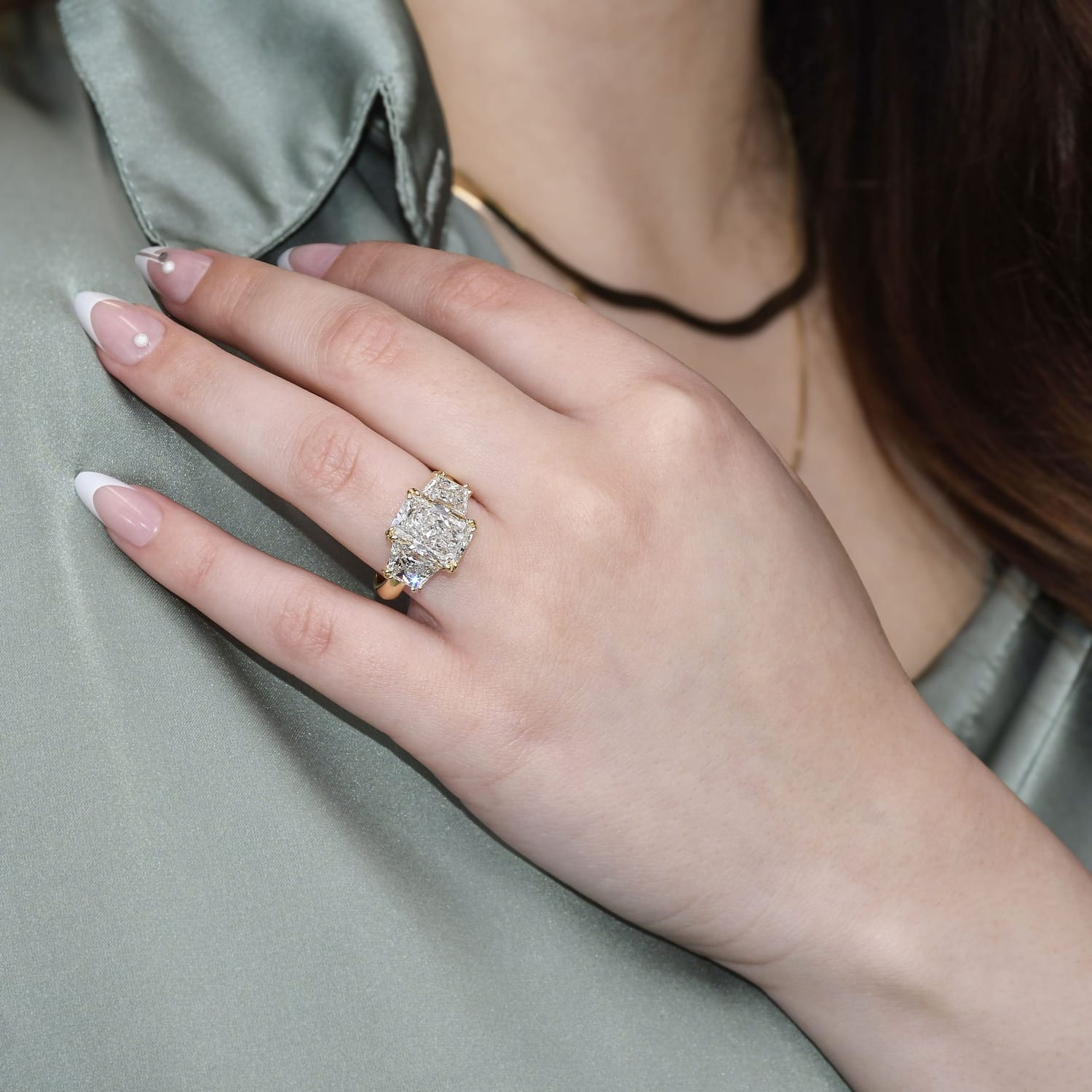Lab Grown Diamond Education: Introduction
Lab-Grown Diamonds: A Modern Marvel and Cost-Effective Alternative
Lab-grown diamonds, while crafted by human ingenuity, share the same essence and sparkle as those mined from the earth. These marvels of technology and science offer a sustainable, ethical choice for consumers, mirroring the properties of natural diamonds so closely that distinguishing between the two requires advanced scientific techniques.

Fun Facts:
- The pressure inside an HPHT growth chamber equals that of a commercial jet balanced on a fingertip.
- Record-breaking: A 115.81 carat HPHT diamond crystal represents one of the largest lab-grown diamonds to date.
- Tequila to Diamonds: Scientists successfully grew CVD diamond using tequila as a carbon source, showcasing the versatility and innovative spirit of this field.
- Beyond Jewelry: Lab-grown diamonds also play critical roles in medical, engineering, and environmental applications, from cancer detection in MRI scans to water purification.
Conclusion
Lab-grown diamonds are not just a testament to human achievement but also a beacon for sustainable and ethical jewelry choices. As technology advances, these diamonds provide an ever-increasing array of options for consumers, combining the timeless allure of diamonds with modern values of conservation and responsibility.
One very important thing to note is that the value of lab grown diamonds from 2020 through 2024 steadily decreased, and we suspect that this trend may continue. Any time you are considering purchasing a lab grown diamond please keep in mind that if you are ever in the position of reselling your lab grown diamond, the resale value will be exceptionally low. Over time, resale values may approach zero. We do not recommend any diamonds, gemstones, or jewelry for investment purposes.
Credit: GIA
Growth Methods
High-Pressure, High-Temperature (HPHT): Mimicking the earth's natural diamond-forming conditions, this method produces gem-quality diamonds by subjecting a diamond seed to extreme pressures and temperatures.
Chemical Vapor Deposition (CVD): A more recent advancement, CVD diamonds grow in a vacuum chamber from carbon-containing gas, crystallizing over weeks. This method typically requires additional treatments to enhance color.
Identification by gemological laboratories
To ensure consumers know exactly what they're purchasing, gem labs such as GIA employ sophisticated techniques to distinguish lab-grown from natural diamonds. Key indicators include specific types of inclusions and unique spectroscopic signatures that reveal each diamond's origin.



